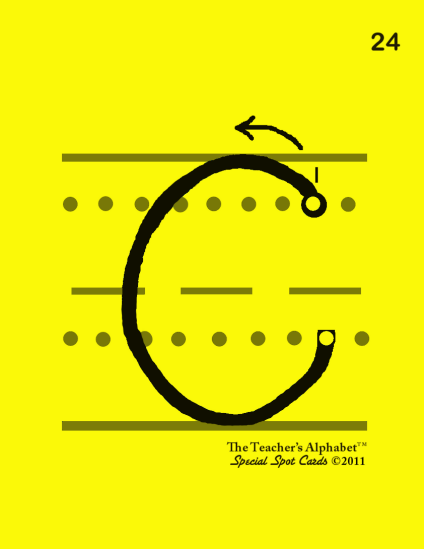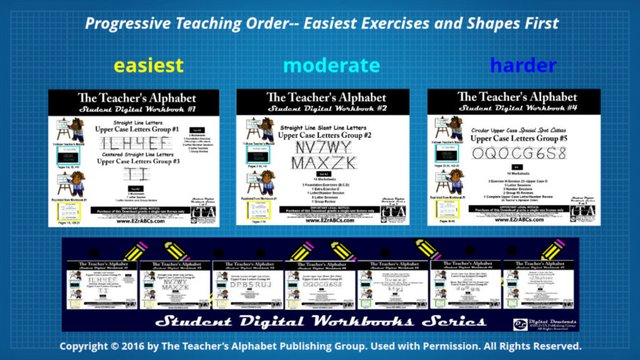Changing the Direction of Handwriting Education

The more I worked with 4 and 5 year old kids, the more I became sensitive to how they learned well and what they could learn. With flash cards and smelly stickers, they can learn the 45 sounds of English and to add and subtract without using their fingers. The right teachers can make an amazing difference at this age--they can show them how to have patience in the middle of struggle and confusion, and the magic of mindful practice that builds mastery.

When I started teaching my kids to make their letters in A-B-C teaching order with only3 lines, my kids taught me it didn't make sense. Is a capital A the easiest letter to teach a beginning printer? If it isn't why would you teach a capital B next? Are the skills needed to make a capital B related to the skills needed for a Capital C? Where do you tell a kid, who won't be able to understand fractions for another 3 years, the imaginary place in space to start a Capital C without giving them a line?

Instead of building skills, we were ignoring the skills taught from the previous letter in order to push through the next new letter. The kids never catch up, so they eventually give up.They "fake" it. This is why most adults still print like kids and why most kids never print like an "adult" (although few do). So we started over and asked ourselves, "What is the simplest letter and how can it be made? What letters are related to it? What skills are required to make the letters well, and is there a way that we can put them in an order so that the kids master the easiest skills first? How can we teach them in an order that lets kids be more successful and builds their confidence as well as growing their skills with less frustration?
 The Teacher's Alphabet re-imagines the Upper and Lower Case Alphabets into 11 Directional Groups with the easiest letters and shapes taught first. Through the gradual mastery of 10 foundation exercises, the groups progress to the more difficult letters and shapes as students gain pencil control and awareness by completing 7 Student Workbooks.. Our handwriting mastery system builds student confidence because it is fair to young learner’s skills and abilities. Oh yeah, teachers and homeschooling parents love it too, because our Teacher's Manual makes teaching handwriting simple, gradual, and visually obvious.
The Teacher's Alphabet re-imagines the Upper and Lower Case Alphabets into 11 Directional Groups with the easiest letters and shapes taught first. Through the gradual mastery of 10 foundation exercises, the groups progress to the more difficult letters and shapes as students gain pencil control and awareness by completing 7 Student Workbooks.. Our handwriting mastery system builds student confidence because it is fair to young learner’s skills and abilities. Oh yeah, teachers and homeschooling parents love it too, because our Teacher's Manual makes teaching handwriting simple, gradual, and visually obvious.
Steemers thank for reading our post!
If you would like to learn more: Link to The Teacher's Alphabet Website
STEEM ON!